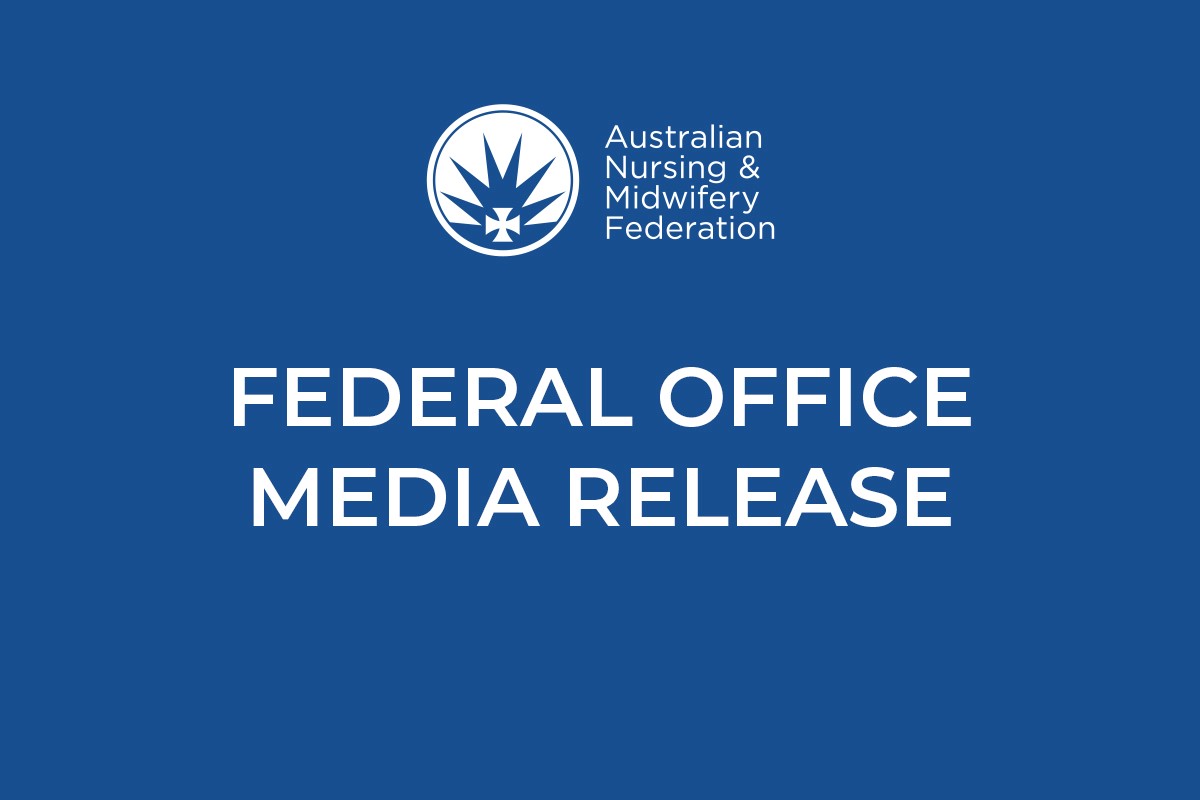
Heidelberg Repatriation Hospital memorial mosaic banners
Legendary wartime nurses Vivian Bullwinkel and Matron Grace Wilson have been memorialised in mosaic banners installed at the Heidelberg Repatriation Hospital.
The mosaic banners were among a set of three unveiled in November 2018 marking the 100th anniversary of the end of World War I. The third mosaic honours the contribution of the Lovett brothers, five Aboriginal (Gunditjmara) brothers, who despite not being recognised as Australian citizens at the time, fought for their country in World War I. All survived and four of the brothers went on to enlist in World War II. In all, 21 members of the Lovett family have served in the Australian armed forces.
The mosaics, measuring five x 1.2 metres each, were created by artist Simon Normand in a process that took five years from planning to construction.

Heidelberg Repatriation Hospital memorial mosaic banners
Vivian Bullwinkel was among nurses, civilians and military personnel who swam to shore to Bangka Island, east of Sumatra, when their boat was sunk by Japanese bombers in February 1942 after fleeing the Japanese invasion of Singapore. Over 100 men were massacred on the island and Vivian was the sole survivor of a group of 21 nurses who were ordered back into the sea and machine-gunned.
Vivian pretended to be dead, then waded ashore. She nursed a surviving soldier for 12 days until he died. Vivian was then captured by the Japanese and spent three years in a prisoner-of-war camp before returning to Australia. Vivian recovered from her ordeal at the Heidelberg Repatriation Hospital and gave evidence of the massacre at a war crimes trial in Tokyo in 1947.
As the principal matron of the 3rd Australian General Hospital in Lemnos, Greece, Matron Grace Wilson was responsible for overseeing the nursing of Anzac casualties during World War I. With her staff, she arrived there in early August 1915 to find conditions ‘too awful for words’.
There were few tents and mattresses, no beds, and only spirit lamps for cooking and sterilizing. Grace soon created order out of chaos and by 13 August the hospital was treating 900 patients. On returning to Melbourne, Grace established her own private hospital in East Melbourne, became matron of the Alfred Hospital and was sent on another tour of duty in World War II before ill health forced her to return to Australia.
Two final mosaics relating to the Vietnam War – one representing military and civilian nursing – are in the pipeline for the Heidelberg Repatriation Hospital’s North Wing building.




